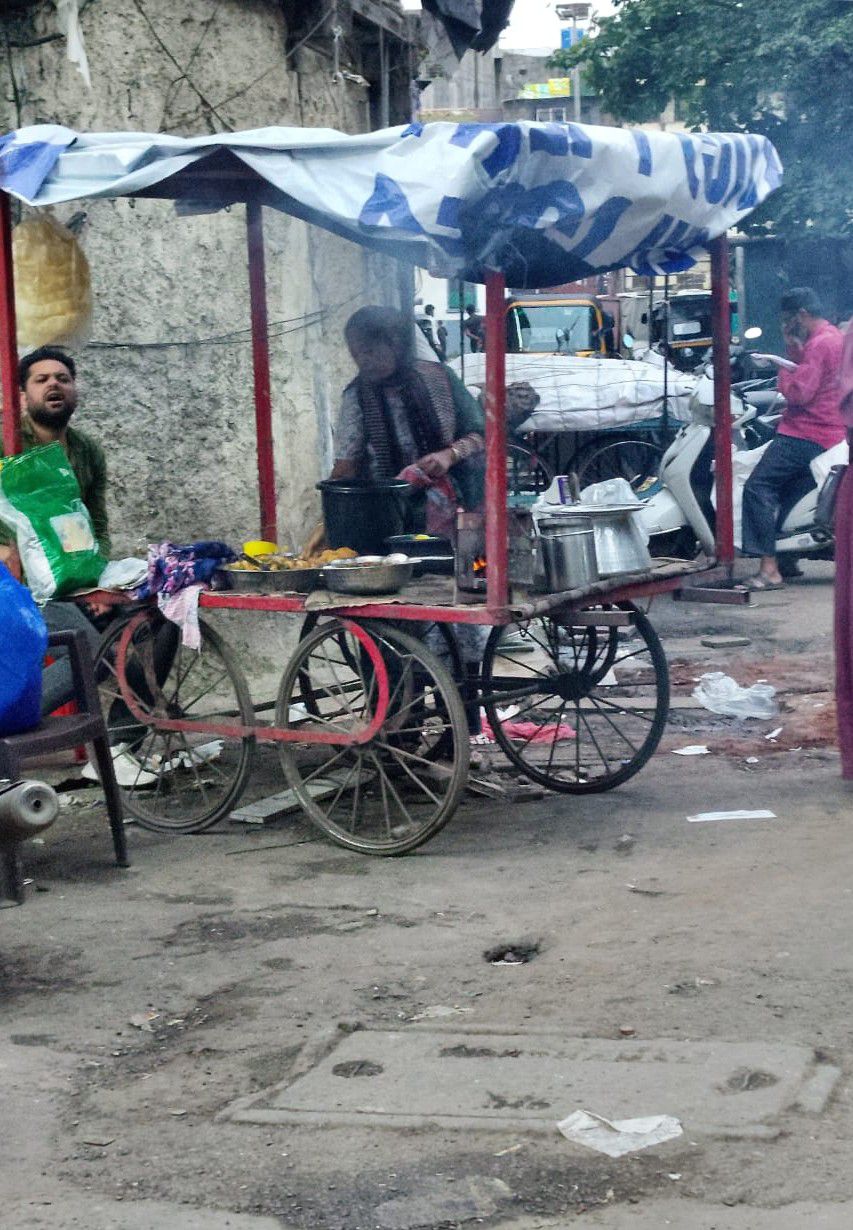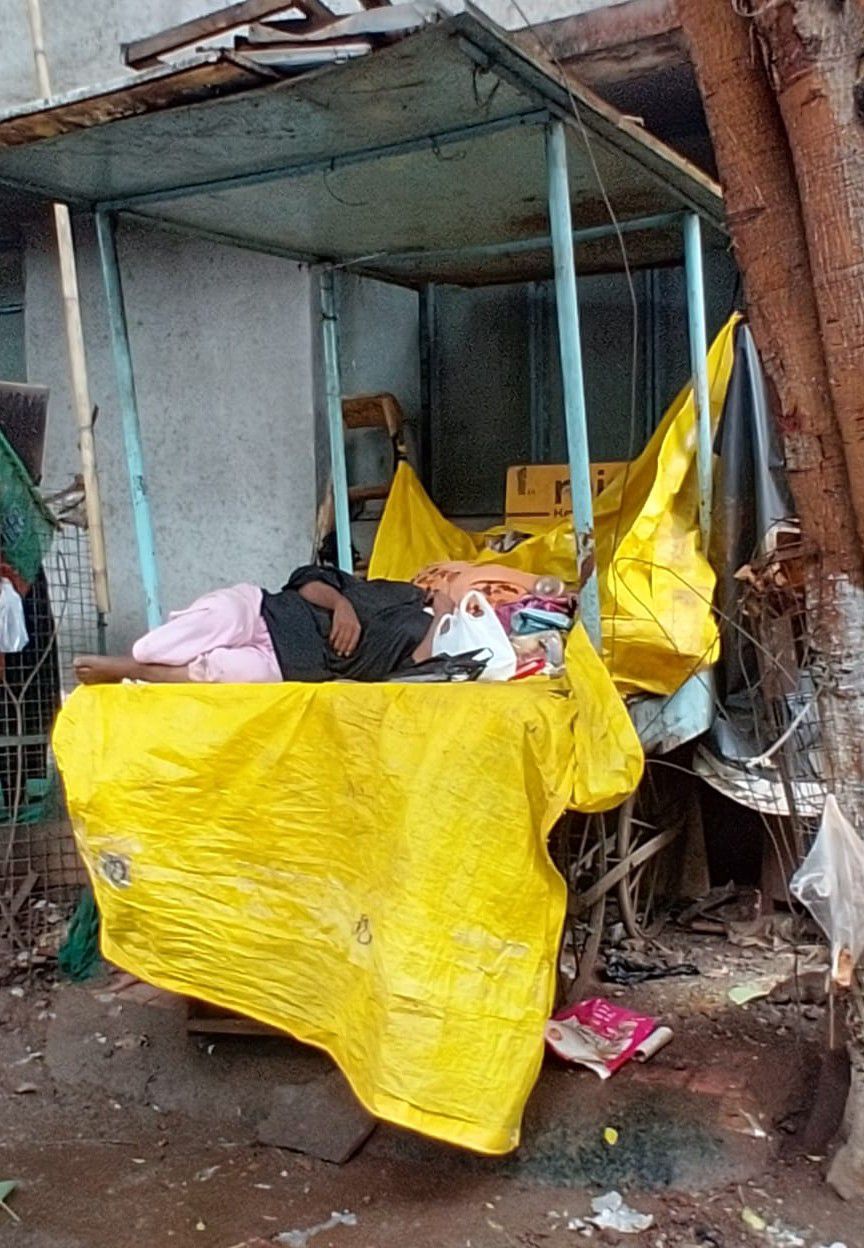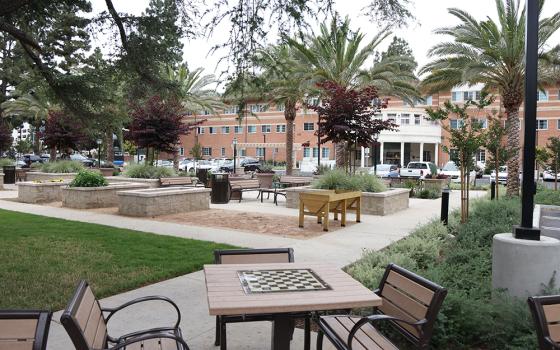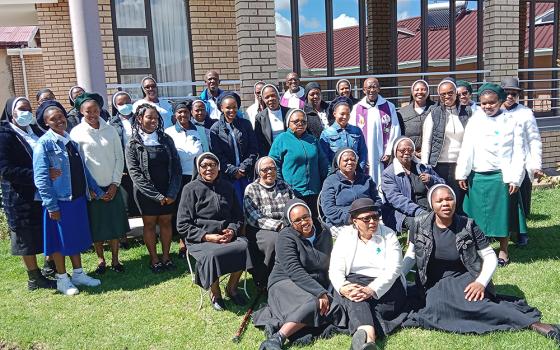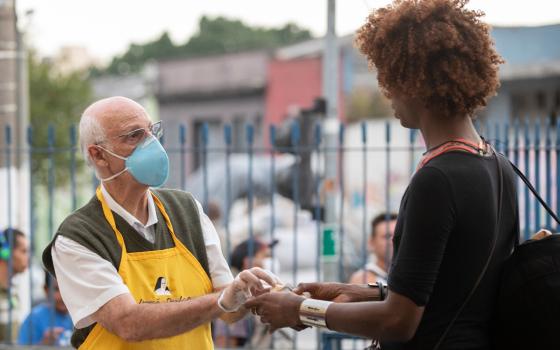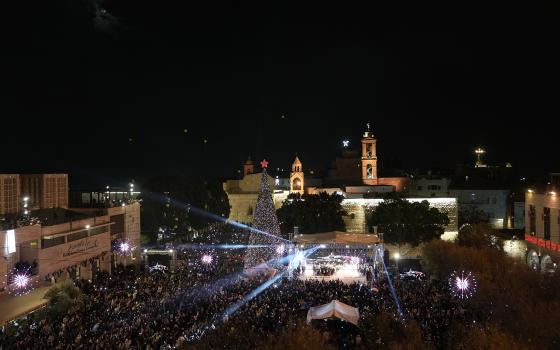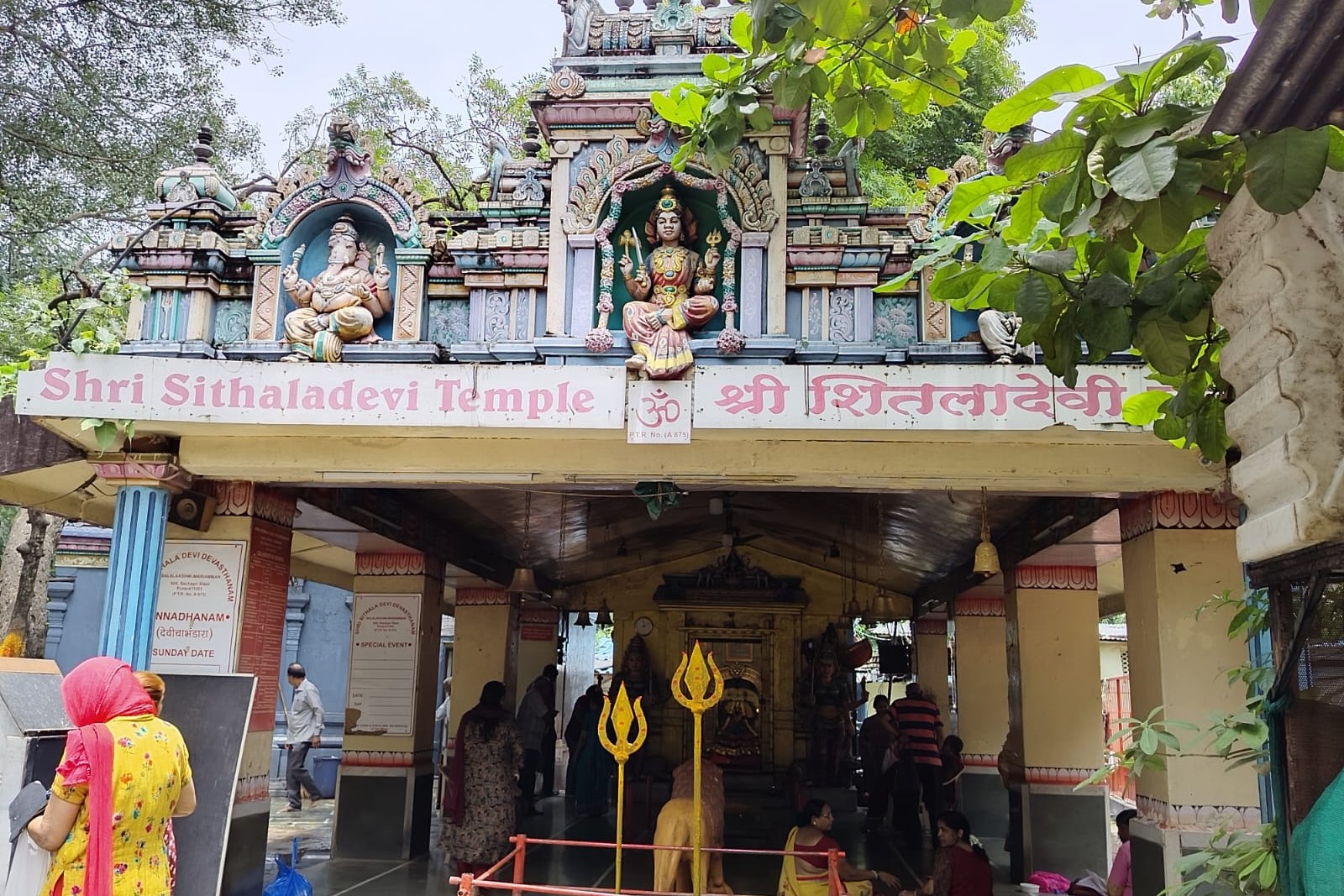
India, a country of deep multi-religious faith and daily coexistence in spaces such as the Shri Sithaladevi Temple in Pune. (Consuelo Vélez)
I have had the opportunity to travel to India and am discovering the richness of learning about another culture, other traditions and a different perspective on life, to better understand that the world is so much broader than you can imagine. We know this in theory, but it becomes real when you share day-to-day life with people in this context and calmly observe so many attitudes, thoughts and ways of doing things so differently.
I could recount a thousand different experiences, some positive and others less so. I could mention, for example, in relation to the latter: spicy food, chaotic transportation, seeing people eat with their hands, different bathrooms (without separate space for the shower and, in many places, like a latrine), removing your shoes to enter almost all places, the multitude of Muslim women wearing burkas, a lot of poverty in the streets, too much trash, crows making deafening noises, etc.
Positive experiences include: the generous welcome; the simple life of many people; vivid colors (in women's dresses, and in all the decorations and the ways they are arranged in their places and festivals); millennial history that reflects the cultural heritage that marks the lives of these people; the testimony of leaders such as Gandhi, so inspiring on a global level; some social and theological movements of women; cultural, religious, linguistic, and geographical plurality, etc.
"Coming from a Latin American context, and from a part of the church and a theology that is so committed to social concerns ... the Catholic Church that I perceive here [in India] is somewhat far from that dynamism." —Consuelo Vélez, Theologian
However, what I would really like to share is the experience of the sacred in this country, an aspect that is talked about in our Western world, which recognizes this country as a place of spiritual quests, contemplation, respect for the transcendent and multiple religious expressions. And it really is like that! You find Hindu Temples on the corner of almost every street you walk down. There you see the pilgrimage of people who enter with respect and devotion, make their offerings and continue on their way.
I don't think I fully understand the depth of this experience, but I am struck by the gesture of touching the fire, the image or the flowers in the temple, and then touching one's own face, as if to be permeated with the sacredness of what one has just touched. On the other hand, Muslim prayer is evident, especially because, in many mosques, the corresponding prayers are said, which can be heard everywhere, thanks to the loudspeakers they use. This also happens with Christians, at least in some places, where loudspeakers also allow the liturgy being celebrated to be heard.
There are Christians of various denominations in India. It seems that Pentecostals are growing in number among Protestants. There is a strong sense of belonging to a parish among Catholics because, amid so much plurality, the church is considered a place of identity and strengthening of faith. Many participate in the Eucharist, even daily. They practice many devotions, such as the rosary and novenas to many saints. They make gestures similar to what I described earlier among Hindus: touching images and then blessing themselves by touching their faces. It reminds me of our popular religiosity, where people also touch an image as a gesture of trust that makes them feel heard and blessed by God.
Advertisement
Catholics, being a minority, know each other quite well. For example, on feast days of Ignatius of Loyola or St. John Vianney (the Curé of Ars) — feasts that are celebrated these days — almost all clergy and religious communities gather to celebrate in the city where I am. Families, for their part, cherish their religious experience and identify themselves as Catholics and practitioners of their faith.
However, young people, although they still identify with these family traditions, have been moving away from this legacy, and similar complaints are heard elsewhere. Children and grandchildren are leaving the practice of faith, and the shortage of religious vocations is becoming increasingly noticeable. It is true that some religious communities have vocations from this country, but it seems to me that they come from rural areas, because in the large cities young people are becoming more secular. In fact, young women are gradually abandoning the traditional way of dressing, and when I asked a young woman wearing jeans if she wore traditional clothing, she replied that it was for older people because, as a young person, she no longer identified with those traditions. Of course, my comments on a particular experience cannot be generalized in a reality as immense as this country.
Finally, I want to say that, coming from a Latin American context, and from a part of the Church and a theology that is so committed to social concerns and to all of the synodal work of recent years, the Catholic Church that I perceive here is somewhat far from that vitality. I believe that, in order to preserve its identity, they have a more conservative stance; and cultural customs, for example, regarding relationships between men and women or the way women dress, are observed in the ecclesial community. Bishops in some dioceses have decreed that women must wear veils, abstinence from meat must be observed every Friday of the year, or men and women must sit on different sides. These are all external manifestations that I may be misinterpreting, but this is what I have seen.
Although this is very bold to say and, in fact, someone from India has already told me that they disagree with me, I'll share it in case I am somewhat right. I believe that all religions face the challenge of showing that faith is not only a personal relationship with God and a search for holiness, in the case of Catholics, or of communion with the divine in other religions, but it is also a commitment to others, creation, goodness and justice.
I have no doubt that there is a sense of helping others and solidarity in India, but this does not always translate into building a better world. If, in our Latin American church, there has been so much talk about the scandal of social injustice on such a Catholic continent (Medellín, Puebla), I believe that the same could be said here. In a country where the sacred occupies such a central, explicit place, shaping daily life, it is striking that this does not translate into cultural, social and economic transformation that enables a dignified and just life for all of its inhabitants.
I know that what I have said here is a very personal view, limited to what I have perceived during a month's stay in these lands. But perhaps it helps us to think about how interesting it is to get to know other places, and the need to deepen our understanding of what religious experiences mean for the integral growth of individuals, and the progressive development of peoples. How important it is to have an experience of the sacred that contributes more and more to this!






